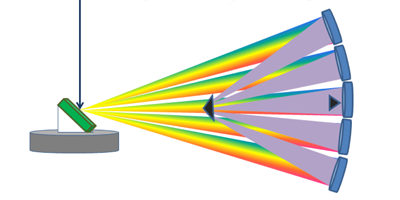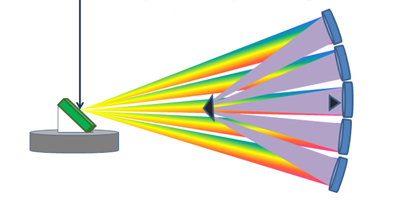Uranium Oxidation State Finally Revealed
Uranium is often found in one of several different oxide forms. Understanding how uranium oxides transform from one to another is important for nuclear waste disposal. A new x-ray study of two uranium oxides reveals an oxidation state of uranium that had not previously been observed directly. The results, reported in Physical Review Letters, should improve models for how uranium behaves in geochemical processes and how it might work as a catalyst for industrial purposes.
Nuclear fuel rods typically contain uranium dioxide ( ), in which the uranium is in the + oxidation state, written as U(IV). In this case, one can imagine the uranium makes available four electrons to create chemical bonds. After its use, spent uranium dioxide may be stored in containers, but one worry is that will oxidize into mixed oxides, such as and , which have more than one oxidation state. These uranium oxide reactions, which can lead to environmental contamination, are not well characterized because of ambiguities in previous studies over the final oxidation states.
Kristina Kvashnina from the European Synchrotron Radiation Facility (ESRF) in Grenoble, France, and her colleagues have performed x-ray spectroscopy experiments on and . Their unique strategy is to probe the transition from the electron shell to the shell in the uranium atom using a setup that provides high-energy resolution. This requires exposing samples to -kilo-electron-volt x rays from the ESRF synchrotron. The team identified peaks in the absorption spectra that show, for the first time, that U(V) is one of the oxidation states in both and . The authors say that this observation calls for a revision of the current thinking on uranium chemistry. – Michael Schirber





